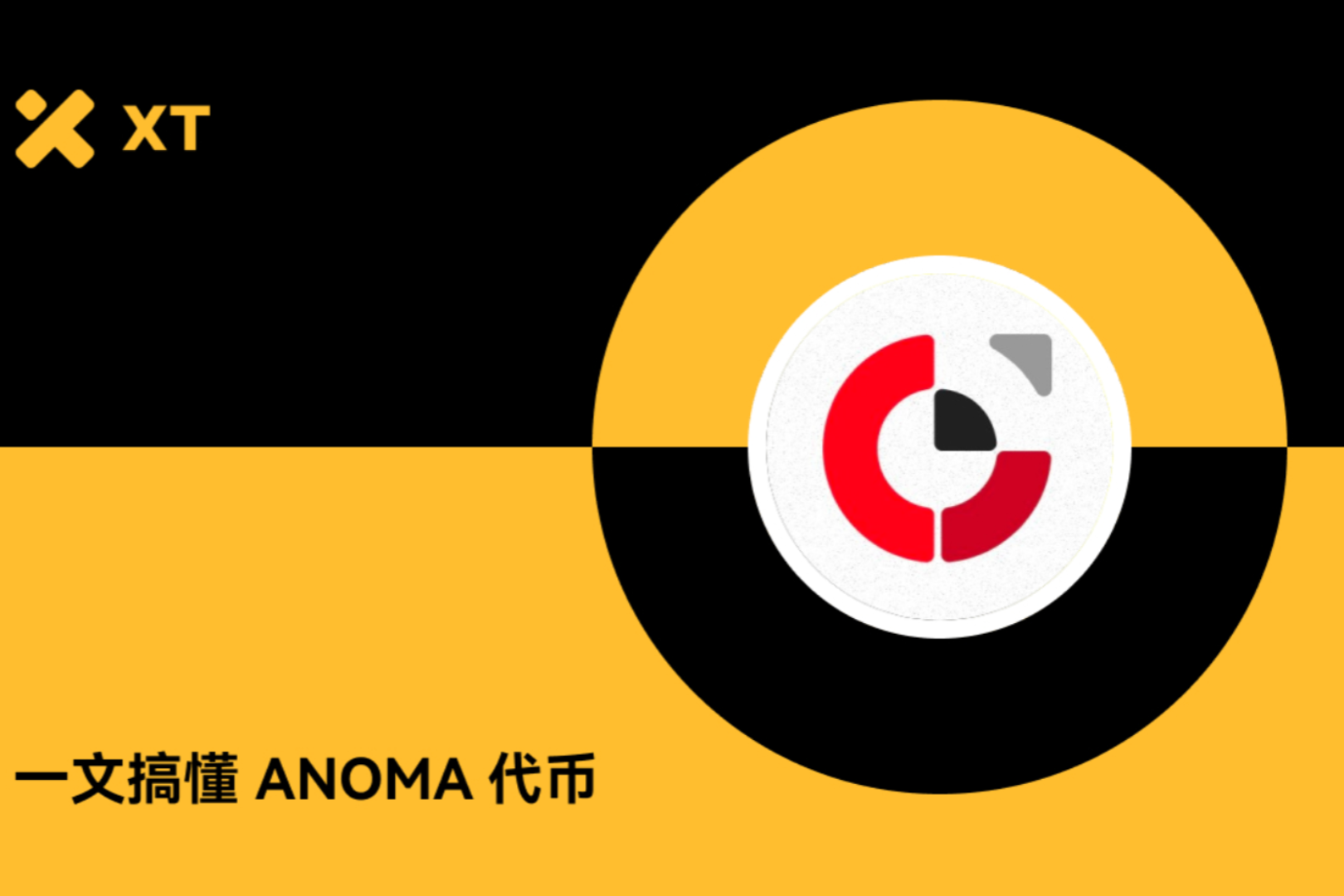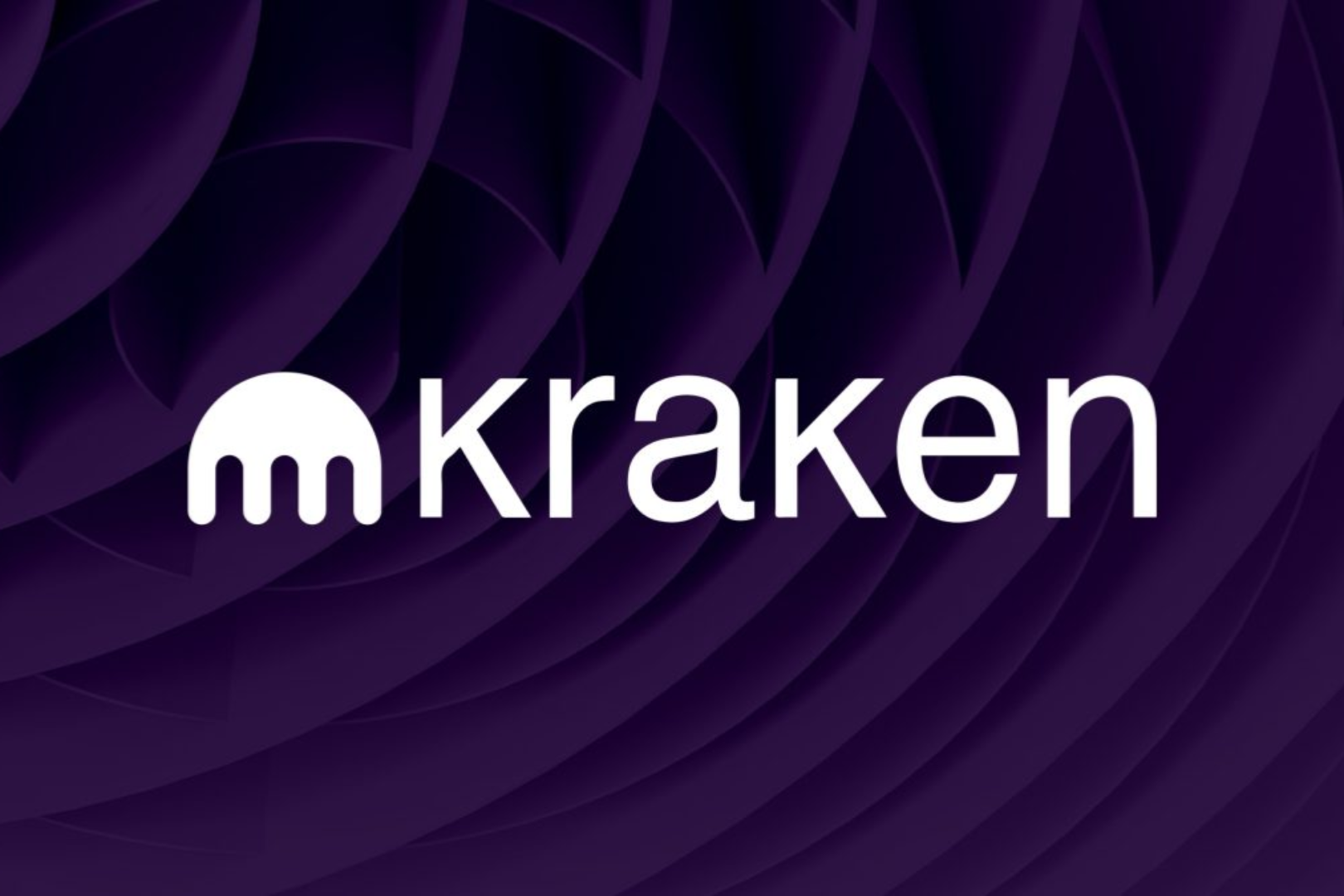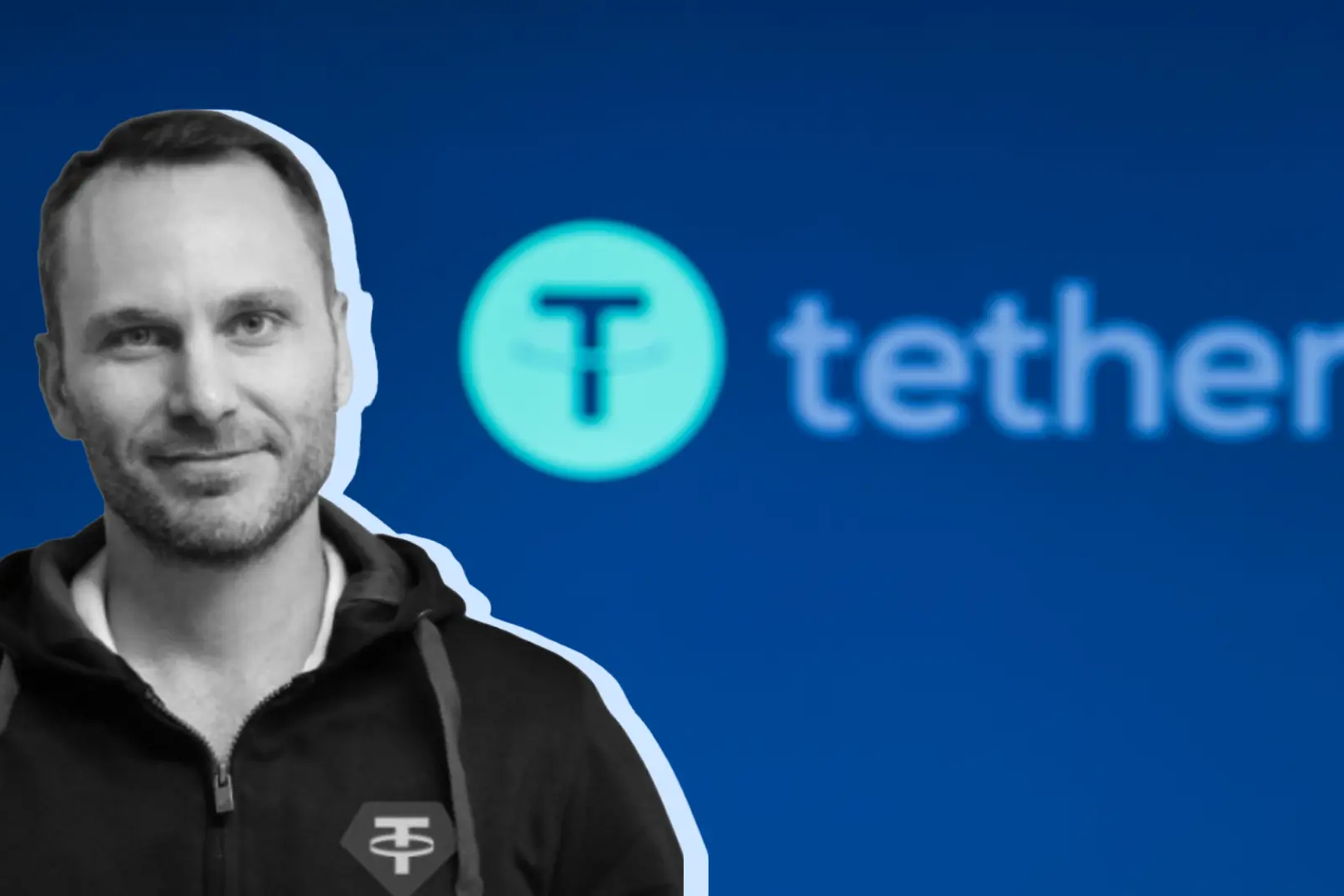
Editor's Note: This article comes fromBlue Fox Notes (ID: lanhubiji), reprinted by Odaily with authorization.
Blue Fox Notes (ID: lanhubiji)
Blue Fox Notes (ID: lanhubiji)
, reprinted by Odaily with authorization.
In the early days of DeFi, it was like a gold rush expedition in the west, full of opportunities and risks. The biggest risk is the risk of smart contracts being hacked, which may lead to the loss of all user assets; there is also the black swan risk of mortgage assets (such as ETH), which will cause heavy losses to users. Although DeFi can bring good returns, these potential risks also make DeFi controversial.
secondary title
In previous articles, Blue Fox Notes focused more on the scalability of technology. Due to the consensus requirements of the blockchain itself, there are natural limitations in its throughput and speed. However, this article focuses more on social scalability. sex. If we solve the problem of technical scalability, such as through layer 2 and sharding, will users be willing to use it? DeFi also needs to address issues such as security. Obviously, the multiple risk events that have occurred in DeFi in the past have had a negative impact on the social scalability of DeFi. So, is there any way to solve these problems?
Blue Fox Notes introduced Opyn today, which is a protocol that solves the above problems, trying to bring risk hedging to the DeFi field. So, what is Opyn?
To put it more obscurely, it is a convexity agreement. To put it simply, it is an option agreement that does not require custody, and it is also an insurance agreement that does not require a license. There are three main entities on Opyn, one is the option seller, the other is the option buyer, and the third is the option arbitrageur. The purposes of different subjects are different, and together they form an options market, and the formation of this options market can help DeFi users protect their asset value.
Opyn is growing rapidly
secondary title
Opyn: Provide insurance services for DeFi users
image description
Opyn's ETH Protective Put Options and Compound Storage Asset Insurance
A protective put option on ETH is equivalent to insurance on the price of ETH. As shown in the figure above, as of the writing of Blue Fox Notes, there are four protective put options for ETH on Opyn. For example, the exercise deadline is 16:00 GMT+8 on June 19, 2020, and the ETH put option with an exercise price of 240USDC has a protective price of 1ETH at $8.3896 at the time of writing Blue Fox Notes, which is relatively expensive. The first reason is that it took a long time. At that time, there were two weeks before the option was exercised. The second reason was that the transaction price was very close to the spot price. The option price that is close to the expiration time and far from the transaction price is relatively cheap. As the chart below shows, in less than an hour, the option oETH has dropped slightly as the price of ETH has risen slightly.
If the option buyer Xiaolan buys the above put option of 1ETH, then, before the expiration at 16:00 Beijing time on June 19, 2020, if the price of 1ETH falls to 210 US dollars and the user exercises the option, the oETH option buyer can follow the Sell 1ETH at a price of 240USDC to make a profit. In this way, Xiaolan, the option buyer, does not have to worry about the drop in the price of ETH. In addition, if Xiaolan thinks that the price of ETH will not be lower than 240USDC before the expiration, he can also sell his oETH option to others in advance.
Opyn: Earning Opportunities for Options Sellers
Just now I looked at Opyn from the perspective of option buyers, so where do options come from? Who will undertake the exchange obligation at the time of exercise. This needs to be borne by the seller of Opyn options. What's interesting is that this kind of option expiration does not require permission and trust. The smart contract ensures that when the option expires, the buyer can complete the transaction at the originally agreed transaction price.
Why can it be achieved? First of all, Opyn’s options are generated by sellers through mortgage assets, which is similar to Maker’s mechanism for generating Dai. By mortgaging USDC, oETH options can be generated. Suppose an options seller, Xiaohu, wants to participate in the ETH put option product mentioned above with a transaction price of 240USDC and an expiration date of June 19, 2020 16:00 GMT+8. She only needs to mortgage the corresponding USDC, The corresponding oETH option can be generated. Once the option is exercised, the buyer can exchange it at a price of 1ETH 240USDC, and the exchanged USDC comes from the mortgage assets when the seller generates oETH.
image description
(Annualized returns for option sellers can reach 108.94%)
In the face of high returns, option sellers are willing to generate oETH options. However, it should be noted that if the price is lower than 240 USDC, especially lower than 231.79 USDC, then option sellers may suffer losses. The degree of loss depends on the extent of the decline in ETH prices during this period. If it is during the 3.12 black swan period , ETH fell below $100, which would be a very big loss. For buyers, the price of ETH can be protected at $240.
These downside risks will eventually be calculated into the price of the option. The longer the time before the option is exercised and the closer the transaction price is to the underlying price, the higher the protection fee will be and the more expensive the option will be.
secondary title
Since Opyn's option products are also ERC20 tokens, these tokens can be traded on DEX (such as Uniswap, Balancer). Due to the existence of the secondary market, as the option exercise time approaches, the option price will change as the underlying price rises and falls, and people will trade options based on their own judgment, thereby generating arbitrage opportunities.
At the beginning, the option price was set by Opyn, but with the entry of arbitrageurs, the option gradually formed a market price. For oETH options, its price is related to the volatility of ETH and the remaining time of ETH exercise expiration time.
For example, some users can buy options on Opyn and then sell arbitrage based on price changes. For example, in the picture below, a user bought a protective put option for 1.5ETH, spent a total of 12.6412USDC, and sold it when the price of ETH was close to the option transaction price, and sold a total of 15.28USDC. The time before and after was less than 10 hours , about 20% profit. Of course, the price of the option will change with the price of the underlying asset, and there are risks here.
Since Opyn option products are ERC20 tokens, with the participation of arbitrageurs, the options market begins to have a certain degree of liquidity, which in turn promotes the active participation of option buyers and sellers.
secondary title
Options and the Social Scalability of DeFi
In the DeFi insurance market, in addition to Opyn, there is also Nexus Mutual, but the mechanism of Nexus Mutual is different from Opyn. Nexus Mutual has strict restrictions on the amount of insurance, and the scope of its insurance also has certain restrictions. For example, it mainly prevents the risks caused by hacking, but does not provide services for risks such as liquidity. In addition, when a claim event occurs, human participation is required, and it is necessary to distinguish between code errors and hacking, etc., which will lead to high execution costs due to human participation.





